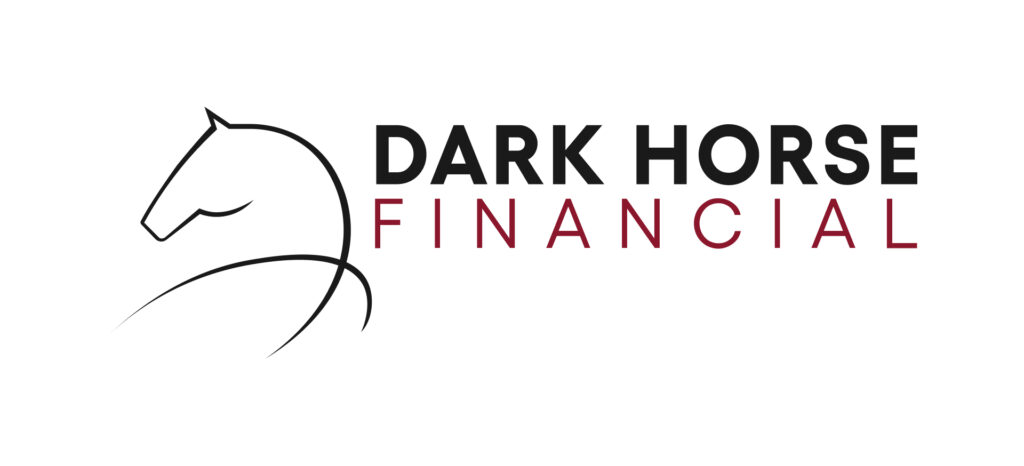Whether you’re running a small startup or a well-established enterprise, understanding the concept of working capital is crucial for success. It is integral to maintaining a healthy financial state and ensuring your business’s operational efficiency. Today, let’s delve into what working capital is, its importance and how darkhorsefinancial.com.au can help optimise it for your business’s growth and stability.
Key Takeaways of Working Capital & Its Importance to Your Business
| Key Points | Description |
|---|---|
| What Is Working Capital? | Working capital is the funds available to meet your current and short term obligations. It’s a crucial measure of operational liquidity and short-term financial stability, indicating the capital available for daily operations. |
| Working Capital Further Explained | Adequate working capital is essential for meeting operational needs and investing in growth. It’s particularly vital for businesses with physical inventory and during high-demand periods, ensuring smooth operations and the ability to meet operational needs like payroll, supplier and loan repayments. |
| Working Capital Management Strategies You Should Know | Effective working capital management involves inventory optimisation, balancing cash flow and managing accounts receivable. |
| Consider Finance Solutions to Boost Your Working Capital | short-term loans or invoice financing, providing additional funds for inventory during peak seasons or improving cash flow by advancing invoice payments. |
What Is Working Capital?
Working capital is the difference between a company’s current assets and current liabilities. It’s a measure of a company’s operational liquidity and short-term financial stability. Essentially, it’s the capital you have at hand to run your day-to-day operations. Current business assets usually include cash, accounts receivable & inventory. On the other hand, current liabilities cover wages payable, accounts payable & short-term debts. To get the number, use this working capital formula:
Are working capital and cash flow the same thing? While they seem similar, they aren’t the same. Remember that working capital is a critical measurement or snapshot of your business’s present financial situation. On the other hand, cash flow is the net amount of cash coming in and out of your company. It essentially measures or represents your company’s ability to generate cash over a specific period. Businesses with high cash flow are likely to have high working capital, but that’s not the case for all. Factors like paying off old debts or spending for large investments can impact a business’s working capital but not necessarily its cash flow.
The need for working capital varies greatly among businesses. It largely depends on the type of business, its operating cycle and the company’s growth objectives. For instance, businesses with physical inventory, such as retailers, wholesalers and manufacturers, typically require more working capital than service-based businesses. This is because they need to invest in inventory before realising sales and profits.
Working Capital Further Explained
Adequate working capital is vital for a business to meet its operational needs and to invest in growth opportunities. It ensures that a company can maintain its operations and meet its short-term obligations without facing financial stress. Businesses with insufficient working capital may struggle to pay suppliers or employees, leading to operational disruptions and potentially harming the company’s reputation.
Moreover, working capital can become even more critical during high-demand periods, especially if you’re running a business with seasonal peaks, like a hotel or retail shop. You may need to stock up on inventory or hire additional staff for the holiday season to meet increased customer demand. In turn, you require more cash on hand.

Working Capital Management Strategies You Should Know

Inventory Management
With this strategy, your goal is to maintain an optimal inventory level, ensuring it is neither too low to stall production nor too high to tie up unnecessary funds.
Your business can use various methods to achieve that. For instance, you can employ the ABC analysis. This technique categorises inventory into three distinct groups: “A” items are the most critical, “B” items are of moderate importance and “C” items are the least crucial. This method focuses on maintaining optimal stock levels and ensuring proper reordering schedules for the most significant items.

Cash Management
Another way to ensure positive working capital is to balance the cash flow. You must ensure there is enough cash to meet obligations without holding excessive amounts of idle cash that could impact profitability.
You can start by preparing cash budgets for better planning and control. Also, consider determining an optimum level of cash balance by balancing risk and profitability. Proper cash management isn’t complete without planning the utilisation of available cash resources to either increase cash inflows or reduce cash outflows.

Accounts Receivable Management
Excessive investment in accounts receivable can help boost sales. However, it also comes with a risk: bad debts. With accounts receivable management, your goal is to increase your working capital by optimising the investment in accounts receivable by balancing the benefits of credit sales against the risks of bad debts.
You can implement certain practices to have better accounts receivable management. Start by establishing a clear credit policy, including credit standards, term, and customer risk analysis. Support that by implementing a credit collection policy that helps your company to collect payments that become due effectively.
Consider Finance Solutions to Boost Your Working Capital
Apart from implementing the strategies mentioned above, you can boost your working capital with the help of finance solutions. For instance, you can take out short-term or fast business loans during the lead-up to an anticipated peak sales season. Your company can use the additional capital to increase inventory—and subsequently profits—and then repay the loan once the peak season is over.
You can also consider taking out invoice financing solutions to turn unpaid invoices into cash or recognise the revenue up to 90 days earlier than you normally would.
Let Us Give You a Financial Boost
At Dark Horse Financial, we understand the unique challenges and opportunities your business faces when it comes to working capital. Our team of experts is dedicated to helping you navigate those complexities with tailored financing solutions that ensure your business has the necessary working capital to thrive.
Whether you’re looking to increase your inventory for a peak season or simply need a cushion during slower business periods, we’re here to help. We can help introduce you to lenders that provide a range of financial solutions, from short-term loans to more complex financing arrangements, all designed to boost your working capital.
Don’t let working capital challenges hinder your business’s potential. Get a quote today, and start paving the way for your company’s revenue growth.





